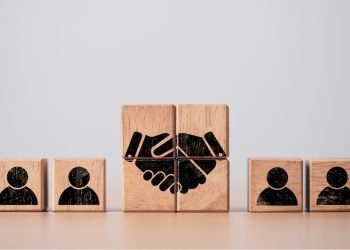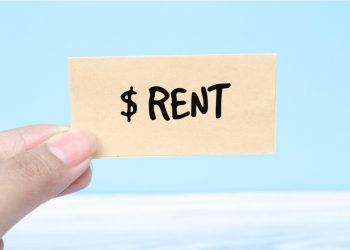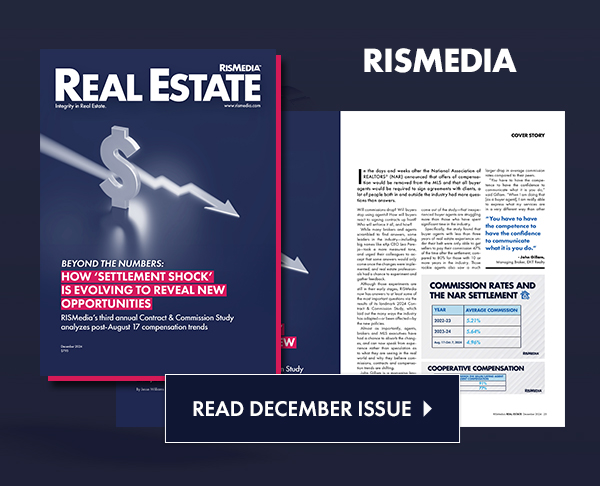RISMEDIA, July 30, 2010—(MCT)—The White House’s recent prediction that the deficit would hit a record $1.47 trillion this year poured new fuel on the fiery argument over whether the government should begin cutting back to avoid future inflation or instead keep stimulating the economy to help the still-sputtering recovery.
But increasingly, economists and other analysts are expressing concern that the United States could be edging closer to a different problem—the kind of deflationary trap that cost Japan more than a decade of growth and economic progress.
And as Tokyo’s experience suggests, deflation can be at least as tough a problem as the soaring prices of inflation or the financial pain of a traditional recession.
When deflation begins, prices fall. At first that seems like a good thing. But soon, lower prices cut into business profits and managers begin to trim payrolls. That in turn undermines consumers’ buying power, leading to more pressure on profits, jobs and wages—as well as cutbacks in expansion and in the purchase of new plants and equipment.
Also, consumers who are financially able to buy, often wait for still lower prices, adding to the deflationary trend.
All these factors feed on one another, setting off a downward spiral that can be as hard to escape from as a stall in an airplane.
For now, the dominant theme of the nation’s economic policy debate remains centered on the comparative dangers of deficits and inflation. However, economists across the political spectrum—here and abroad—are talking more often about the potential for deflation.
So how likely is the problem?
The latest U.S. data are sobering: Consumer prices overall have declined in each of the last three months, putting the inflation index in June just 1.1% above a year earlier. The core inflation rate—a better gauge of where prices are going because it excludes volatile energy and food items—has dropped to a 44-year low of 0.9%.
That’s well below the 1.5-2% year-over-year inflation that the Federal Reserve likes to see, and some Fed policymakers have raised concerns about the rising risk of a broad decline in prices.
Private economists and financial experts have expressed much greater concern.
“I think we have to take it seriously,” said John Mauldin, president of Millennium Wave Advisors in Dallas, who puts the probability of deflation at more than 50%. Among the reasons he cites: a lot of unused labor and production capacity, increased savings and the low speed at which money is changing hands.
“It’s a good bet that by some measures we’ll be seeing deflation by some time next year,” Paul Krugman, the Nobel laureate economics professor, said this month in his New York Times column. He went on to scold the Fed for standing idle while the nation is “visibly sliding toward deflation.”
But the Fed’s chief, Ben Bernanke, appears to think deflation fears are overblown. During his semiannual testimony to Congress last week, he told senators that he didn’t view deflation as a near-term risk.
In the Fed’s latest forecast, core inflation is projected to stay at the current pace this year, then gradually rise toward 1.5% in 2012.
Should deflation occur, the central bank has the tools to reverse it, he said. But many question whether the Fed can do much more, given that it already has pushed interest rates to historical lows and pumped more than $1 trillion into the financial system.
Also, Bernanke said, America’s economy is more vibrant and productive than Japan’s was, and its labor force isn’t declining, whereas Japan’s has been for much of the last decade. Japan also was much slower in addressing problems with its banking sector than the U.S., he said.
Japan’s aging population and rigid business and political systems have clearly contributed to the country’s long economic malaise, which began in the 1990s. But there are some notable similarities with America’s latest economic slump.
In both cases, real estate bubbles burst after years of rapid growth and low unemployment, exposing poor loans and serious problems with financial institutions and regulations.
In both countries, the crash led to a sharp fall in real estate prices and financial markets and to soaring unemployment.
Yet the scope and economic fundamentals of the two crises are very different, said Richard Katz, editor of the Oriental Economist Report, a New York newsletter focusing on Japan and U.S.-Japan relations. Commercial land prices in Japan’s six largest cities soared 500% from 1981-1991, Katz said, and the bust took them down below 1981 levels.
The U.S. housing slump has been bad, but nowhere near that severe. And whereas bad debts pervaded Japan’s entire economy, Katz argued, the U.S. recession wasn’t the result of structural flaws, but rather of excesses in the financial system that came from deregulation and other policy mistakes that he sees as correctable.
“The policymaking response in the U.S. is better, in part because of the precedence of Japan,” Katz said, noting that it took Japan’s central bank nearly nine years to do what the Fed in essence did in 16 months: bring short-term interest rates to zero.
But like Japan, some analysts suggest, the U.S. is heading into a long period of stagnant growth, in large part because of high unemployment and an overhang of debts that will restrain consumer spending—now at 70% of the nation’s gross domestic product.
Those factors tend to hold down wages, putting more downward pressure on prices. And once deflation sets in, consumers may hoard cash or try to pay off their debts faster, fueling the downward spiral of spending and growth.
Bernanke said bond-market measures and consumer surveys show little change in expected inflation. “And that stability of inflation expectations is one important factor that will keep inflation from falling very much,” he said.
Some economists remain skeptical, saying such expectations can turn very quickly or conditions can change in stealthy ways.
“People don’t see it coming,” said John Makin, a visiting scholar at the conservative American Enterprise Institute. He said he doesn’t take much stock in consumer surveys about inflation expectations because most people have been ingrained to expect inflation in the future, not deflation.
Makin also thinks some price declines are indirect and not reflected in government reports. Many online retailers now provide free shipping, and more businesses are offeringspecials such as “buy two, get the third free”—the functional equivalent of price cuts.
In one measure that Makin calls a “flashing red light,” yields on 10-year Treasury bonds, which rise with inflation worries, have slipped to less than 3% from 4% in April.
Among businesses, many restaurants are feeling the squeeze because they’re finding it tough to pass higher costs along to customers.
Prices for restaurant food rose 1.2% this June from June 2009, much slower than the 3.8% rise during the year-earlier period. Meanwhile, the purchasing cost for restaurant operators this June was up 4.7% from June 2009, said Hudson Riehle, chief economist at the National Restaurant Assn.
Charlotte Kubsh, a St. Louis-area homemaker, would not be surprised that businesses have little power to raise prices. She said her husband, who works for a trucking firm, didn’t get a raise last year.
They’ve long been strong savers, she said, and with their income seemingly frozen, they don’t plan any big spending any time soon.
(c) 2010, Tribune Co.
Distributed by McClatchy-Tribune Information Services.










